Table of Contents
TRIANGLE
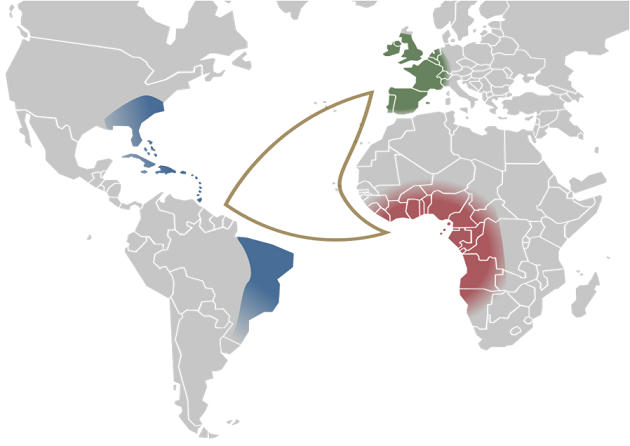
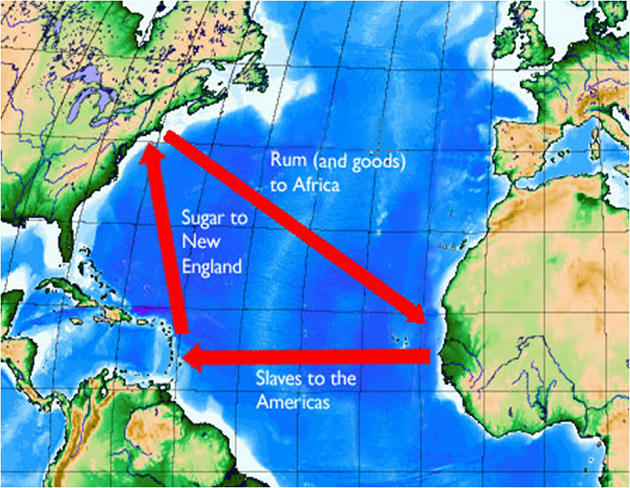
MIDDLE PASSAGE
- The Middle Passage was the stage of the triangular trade in which millions of Africans were forcibly transported to the New World as part of the Atlantic slave trade.
- Ships departed Europe for African markets with manufactured goods, which were traded for purchased or kidnapped Africans, who were transported across the Atlantic as slaves; the slaves were then sold or traded for raw materials, which would be transported back to Europe to complete the voyage.
MIDDLE PASSAGE
- European powers such as Portugal, Britain, Spain, France, the Netherlands, Denmark–Norway, Sweden, and Brandenburg, as well as traders from Brazil and North America, took part in this trade.
- An estimated 15% of the Africans died at sea.For two hundred years, 1440–1640, Portuguese slavers had a near monopoly on the export of slaves from Africa.
- During the 18th century, when the slave trade transported about 6 million Africans, British slavers carried almost 2.5 million.
MIDDLE PASSAGE
- The duration of the transatlantic voyage varied widely, from one to six months depending on weather conditions.
- It is believed that African kings, warlords and private kidnappers sold captives to Europeans who held several coastal forts.
- The captives were usually force-marched to these ports along the western coast of Africa, where they were held for sale to the European or American slave traders.
- Typical slave ships contained several hundred slaves with about 30 crew members.
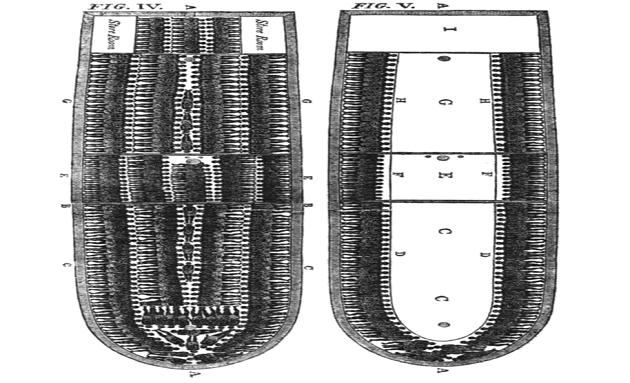
MIDDLE PASSAGE
- The male captives were normally chained together in pairs to save space; right leg to the next man’s left leg — while the women and children may have had somewhat more room.
- Disease spread and ill health was one of the biggest killers. Mortality rates were high, and death made these conditions below the decks even worse.
- Most contemporary historians estimate that between 9.4 and 12 million Africans arrived in the New World.
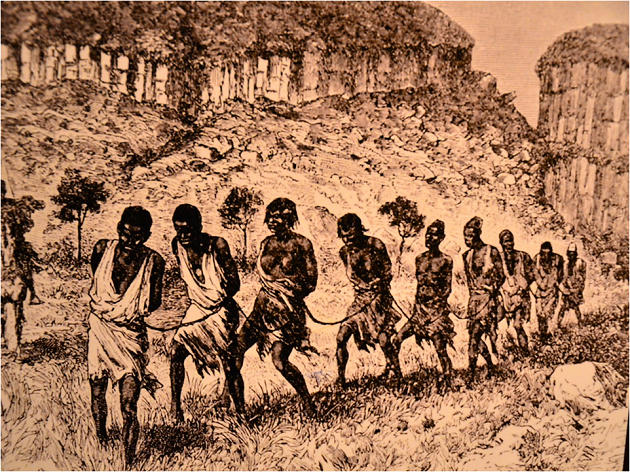
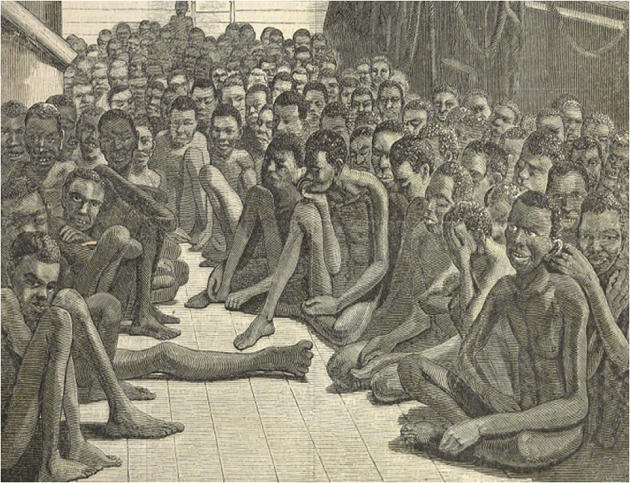
MIDDLE PASSAGE
- Slaves’ treatment was horrific because the captured African men and women were considered less than human; they were “cargo”, or “goods”, and treated as such; they were transported for marketing.
- While slaves were generally kept fed and supplied with drink as healthy slaves were more valuable, if resources ran low on the long, unpredictable voyages, the crew received preferential treatment.
- The worst punishments were for rebelling; in one instance a captain punished a failed rebellion by killing one involved slave immediately, and forcing two other slaves to eat his heart and liver.
MIDDLE PASSAGE
- Slaves resisted in many ways. The two most common types of resistance were refusal to eat and suicide. Suicide was a frequent occurrence, often by refusal of food or medicine or jumping overboard, as well as by a variety of other opportunistic means.
- Aboard ships, the captives were not always willing to follow orders. Sometimes they reacted in violence. Slave ships were designed and operated to try to prevent the slaves from revolting.
- Resistance among the slaves usually ended in failure and participants in the rebellion were punished severely. About one out of ten ships experienced some sort of rebellion.
World History | Free PDF

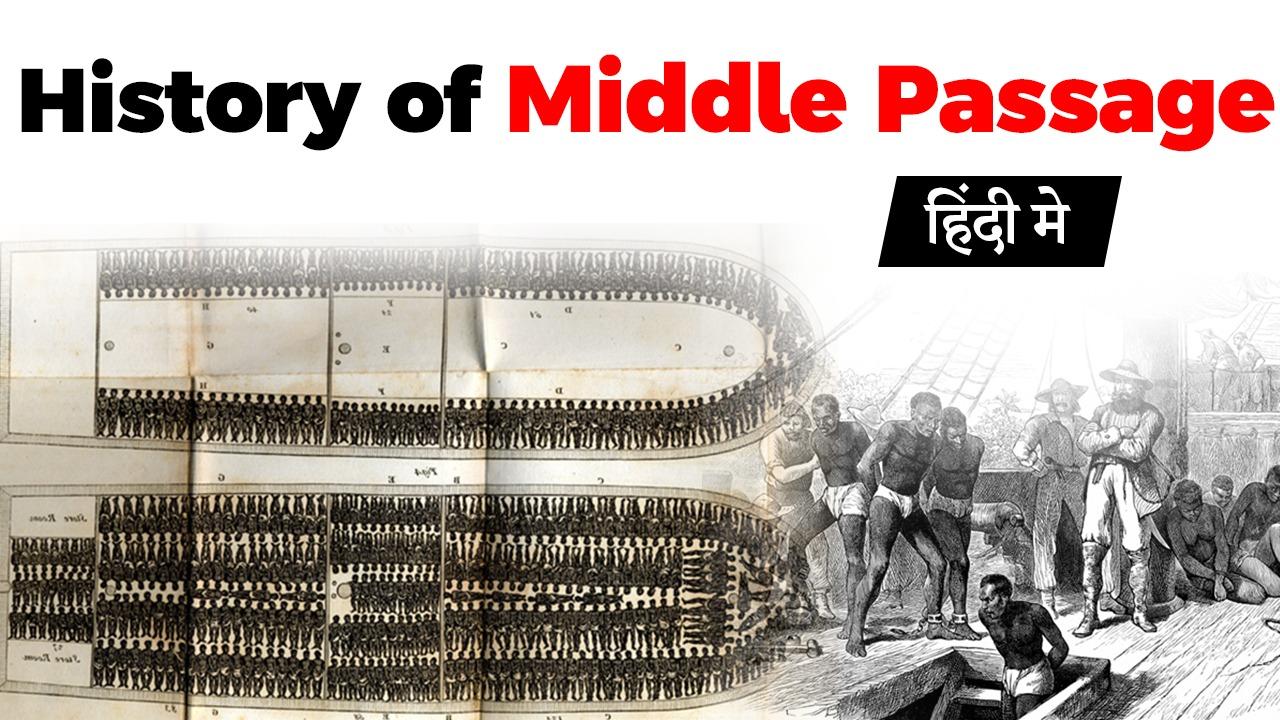




















 WhatsApp
WhatsApp